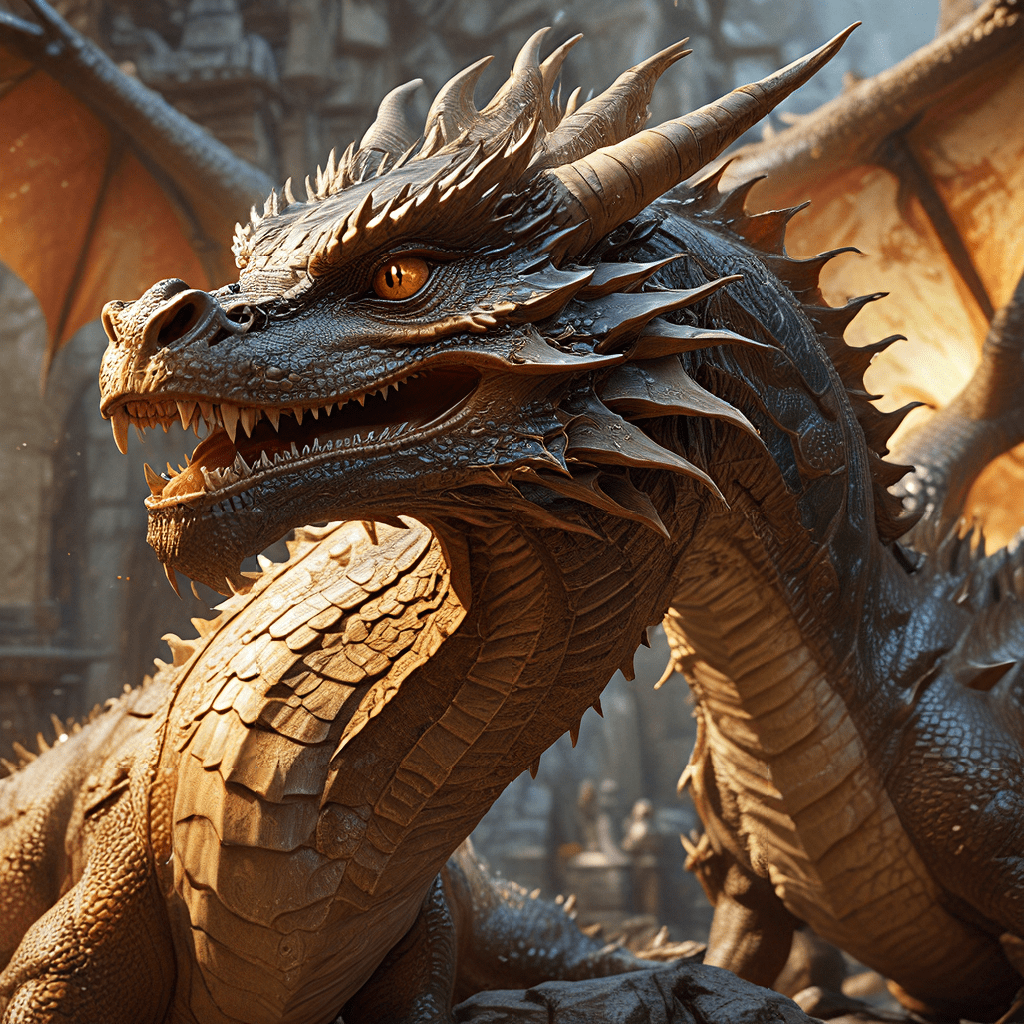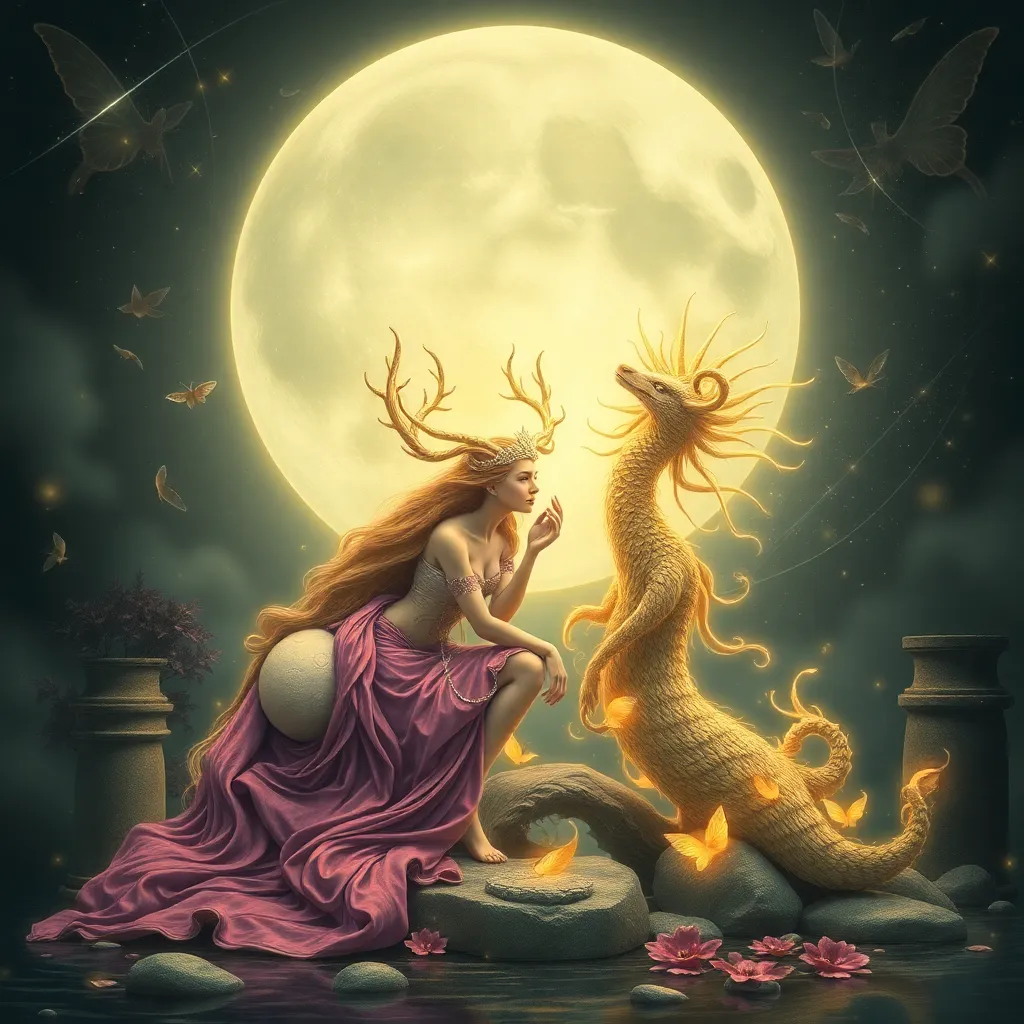The Dragon’s Art: Examining the Visual and Artistic Representations of Dragons Throughout History
The Mythological Origins of Dragons
Dragons, those magnificent, serpentine creatures with wings and fiery breath, have captivated human imaginations for centuries. These mythical beings have been woven into the fabric of countless cultures, their forms and symbolism evolving with the passage of time. Dragons have appeared in ancient mythology, folklore, and art, often representing both awe-inspiring power and destructive forces.
The origins of dragon mythology are shrouded in mystery, with theories pointing to everything from prehistoric encounters with giant reptiles to interpretations of celestial phenomena. Some scholars believe that dragon mythology may have originated in ancient Mesopotamia, where deities were often depicted as serpents or dragons.
Dragons in Ancient Mesopotamia and the Near East
In ancient Mesopotamia, the **serpent** was a prominent symbol in mythology and religion. The **dragon** was seen as a powerful and fearsome creature often associated with gods and goddesses. One notable example is the Babylonian god **Marduk**, who was often depicted as a dragon-like creature wielding a lightning bolt. The **serpent** was also a symbol of fertility, wisdom, and healing. The **dragon** often served a protective role, guarding treasures or sacred places.
In ancient Egypt, the **serpent** was associated with the **god Apep**, a monstrous serpent who battled the sun god **Ra**. Apep represented chaos and darkness, while Ra represented order and light.
The concept of the **dragon** spread throughout the Near East, influencing the mythology of other cultures. The **dragon** was often portrayed as a **winged serpent** with sharp claws and teeth, capable of breathing fire.
Dragons in Ancient China: The Celestial Serpent
In ancient China, the **dragon** was a revered creature associated with **power**, **wisdom**, and **good fortune**. The **Chinese dragon** is a unique creature, often depicted with a long, serpentine body, scales, claws, and a pair of horns. It is considered a **celestial** being, symbolizing the **powers of nature** and **the emperor**.
According to Chinese mythology, the **dragon** was born from the **union of a celestial being and a serpent**. The **dragon** is also associated with the **four cardinal directions** and the **five elements** (wood, fire, earth, metal, and water). Depictions of **Chinese dragons** vary from region to region but are usually colorful and vibrant, often adorned with jewels and other ornamentation.
The Dragon in European Folklore and Mythology
In European folklore and mythology, the dragon is often depicted as a fearsome and destructive creature. Dragons are often associated with **hoards of treasure** and **powerful magic**. They are seen as **guardians of ancient secrets** and **representatives of chaos and disorder**.
The **European dragon** is often portrayed as a **winged serpent** with sharp claws and teeth. It is believed to possess the ability to **breathe fire** and **fly** at incredible speeds. European dragon mythology varies from region to region, with different cultures developing their own unique stories and legends.
Dragons in Medieval Art and Literature
The **dragon** was a popular subject in medieval art and literature. In medieval art, **dragons** were often depicted as **fierce and terrifying creatures**, symbolizing **evil** and **the forces of darkness**. **Dragons** were seen as **enemies of Christianity**, representing the **devil** or **satan**.
In medieval literature, **dragons** played prominent roles in epics and romances. **The dragon** was often used as a **symbol of courage and strength**, representing the **hero’s challenge** or **testing of character**. Some well-known examples include **Beowulf** and **The Song of Roland**, which feature **dragons** as pivotal elements in the story.
Dragons in the Renaissance and Baroque Periods
The Renaissance and Baroque periods brought a shift in the portrayal of dragons in art. These periods were marked by a renewed interest in classical mythology and a focus on humanism. Dragons continued to be depicted in art, but their portrayal was often more nuanced and less overtly menacing.
In Renaissance art, dragons were often depicted as more realistic and less monstrous. Artists began to study anatomy and perspective, and this newfound knowledge was reflected in their depictions of dragons. Dragons were also often portrayed as symbols of power and strength, representing the forces of nature or the might of a king.
The Baroque period saw a continuation of this trend, with dragons sometimes used as decorative elements in elaborate compositions. They were often combined with other mythological figures, creating fantastical scenes that reflected the grandeur and theatricality of the era.
Dragons in Modern Art and Popular Culture
The dragon’s enduring appeal is evident in its continued presence in modern art and popular culture. Dragons have been featured in movies, books, video games, and television shows, inspiring awe and fascination in audiences worldwide.
Modern artists have approached the dragon with a variety of perspectives. Some artists have used dragons to explore themes of power, freedom, and the natural world. Others have used dragons to create whimsical and playful works of art, exploring the fantastical possibilities of the imagination.
In popular culture, dragons are often portrayed as heroic figures or as symbols of strength and power. In movies such as “The Hobbit” and “Game of Thrones,” dragons have been brought to life with stunning realism, captivating audiences with their majestic presence.
The Role of Dragons in Symbolic and Religious Art
Dragons have played a significant role in symbolic and religious art across many cultures. Their symbolism has often been complex and multi-layered, representing a range of ideas and beliefs.
In Chinese art, dragons are often depicted as benevolent and auspicious creatures, symbolizing good fortune, power, and imperial authority. They are associated with the elements of water, wind, and fire, and they are often depicted in association with the heavens.
In Western art, dragons have often been associated with evil and chaos. They are frequently portrayed as enemies of Christianity, representing the forces of darkness and the temptations of the devil. However, dragons can also be seen as guardians of sacred places and symbols of strength and courage.
The Influence of Cultural Context on Dragon Depictions
The way in which dragons are depicted in art often reflects the cultural context in which they are created. Cultural beliefs, values, and traditions can shape the symbolism and meaning attributed to these mythical creatures.
For example, the Chinese dragon is a symbol of good fortune and power, reflecting the importance of these qualities in Chinese culture. In contrast, the European dragon is often associated with evil and destruction, reflecting a different set of cultural beliefs and values.
Theories on the Origins and Evolution of Dragon Imagery
The origins of dragon imagery are debated among scholars. Some theories suggest that dragons may have been inspired by real-life creatures, such as giant reptiles or serpents. Others believe that dragon imagery may have originated from observations of celestial phenomena, such as comets or eclipses.
Over time, dragon imagery has evolved and changed, influenced by cultural beliefs, artistic trends, and the imaginations of artists and storytellers. The dragon’s enduring appeal is a testament to its ability to adapt to changing cultural contexts while retaining its core symbolism.
FAQ
**Q: What is a dragon?**
**A:** Dragons are legendary creatures that appear in the myths and folklore of many cultures. They are often depicted as large, serpentine creatures with wings, claws, and the ability to breathe fire.
**Q: What are some common dragon characteristics?**
**A:** Common dragon characteristics include wings, claws, teeth, scales, and the ability to breathe fire. They are often portrayed as powerful and intelligent creatures, with a strong connection to nature and magic.
**Q: What is the significance of dragons in different cultures?**
**A:** Dragons hold different meanings in different cultures. In some cultures, they are seen as benevolent and powerful creatures, while in others, they are feared as symbols of evil. Their symbolism and significance often reflect the cultural values and beliefs of the people who created them.
**Q: How has the portrayal of dragons changed over time?**
**A:** The portrayal of dragons in art and literature has evolved over time, reflecting changing cultural values and artistic trends. Early depictions of dragons were often more monstrous and fearsome, while later depictions have become more realistic and nuanced.
**Q: What is the role of dragons in modern art and popular culture?**
**A:** Dragons continue to be a popular subject in modern art and popular culture. They are often featured in movies, books, video games, and television shows, inspiring awe and fascination in audiences worldwide. Modern artists have explored a variety of themes and styles in their depictions of dragons, reflecting the diversity of contemporary artistic expression.



